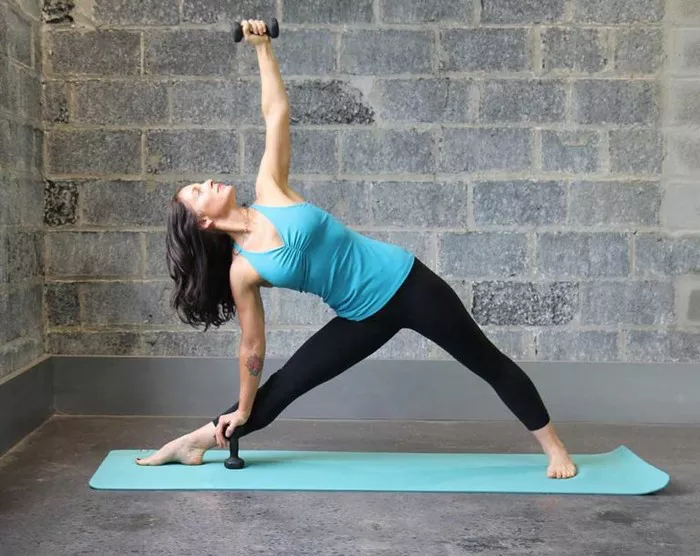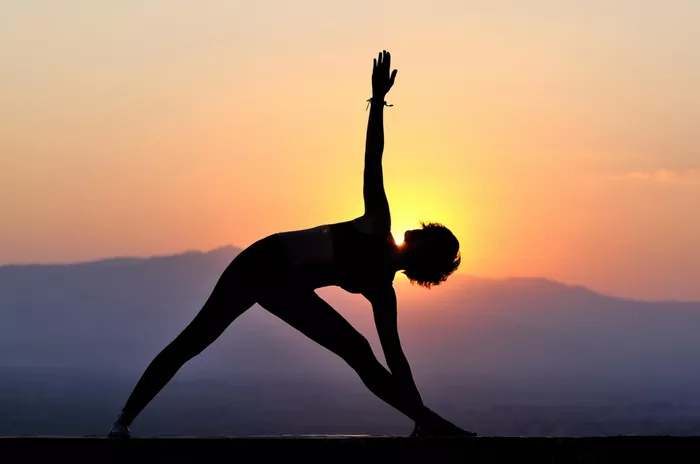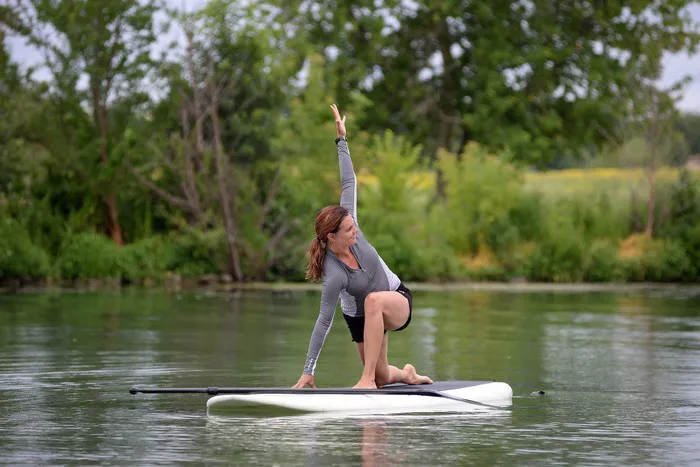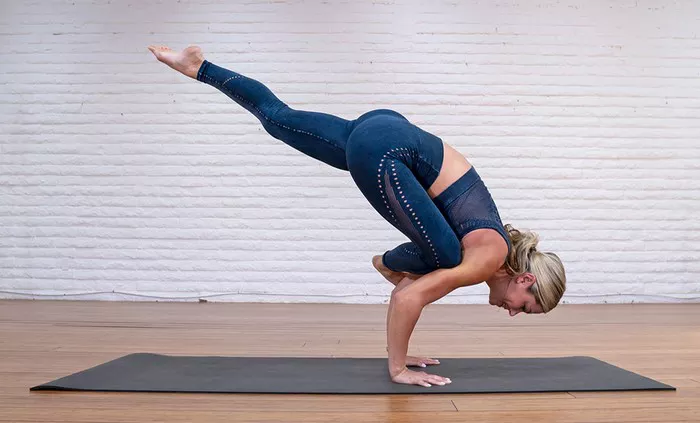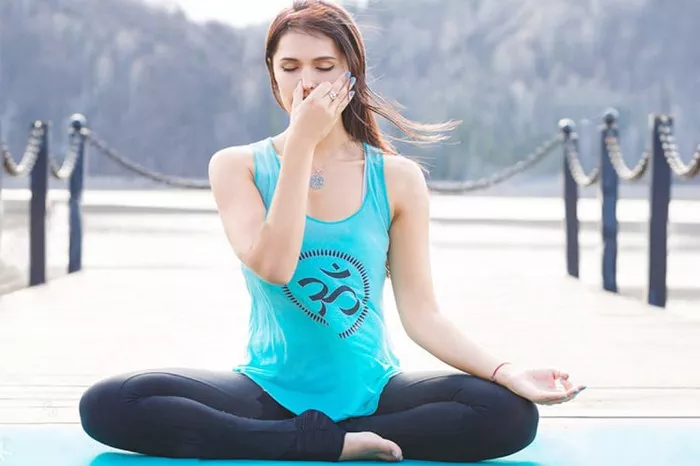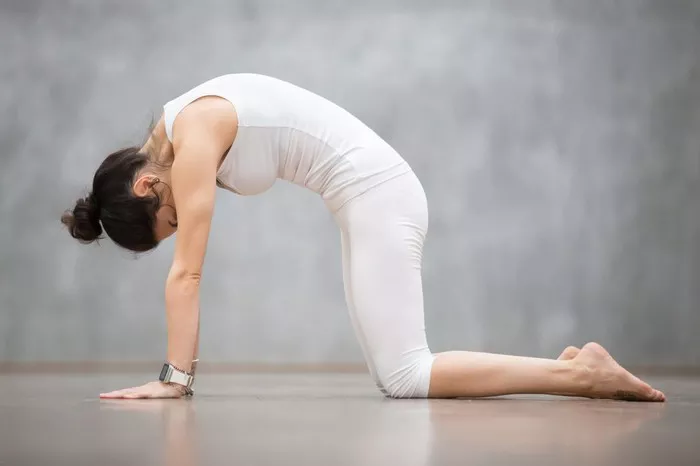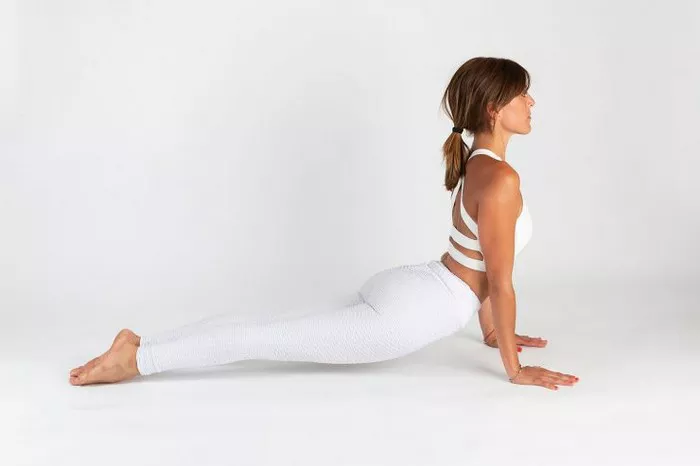Restorative yoga is a practice focused on relaxation, rejuvenation, and deep healing. It allows practitioners to unwind, release tension, and find balance in body and mind through gentle, supported postures. One of the key elements that make restorative yoga so accessible and effective is the use of props. Props provide support, stability, and comfort, allowing practitioners to fully surrender into each pose. In this article, we’ll explore the top 10 props for restorative yoga and how they can elevate your practice to new levels of bliss and tranquility.
1. Yoga Bolsters: Perhaps the most versatile and essential prop for restorative yoga, yoga bolsters provide firm yet comfortable support for various poses. They come in different shapes and sizes, including rectangular, round, and pranayama bolsters. Bolsters are particularly useful for opening the chest, lengthening the spine, and promoting relaxation in seated and reclining postures. They can also be placed under the knees, hips, or lower back to release tension and create space in the body.
2. Yoga Blocks: Yoga blocks are invaluable tools for modifying poses and making them more accessible, especially for beginners or those with limited flexibility. They can be used to bring the floor closer to you in seated forward folds, provide height and support in reclining backbends, or stabilize the pelvis in supine twists. Blocks come in different densities and sizes, allowing you to customize the level of support needed for each pose.
3. Blankets: Soft, cozy blankets are essential for creating warmth, comfort, and a sense of security during restorative yoga practice. They can be folded or rolled to support various parts of the body, such as under the head, neck, shoulders, or knees. Blankets are also useful for covering the body during relaxation poses like Savasana, helping to maintain body temperature and promote deep relaxation.
4. Yoga Straps: Yoga straps are excellent tools for improving flexibility and alignment in restorative yoga poses. They can be used to extend reach in seated forward folds, deepen stretches in hamstring and shoulder openers, or assist in gentle backbends. Straps come in different lengths and materials, allowing you to find the perfect fit for your body and practice.
5. Eye Pillows: Relaxation of the eyes is often overlooked but essential for complete relaxation of the body and mind. Eye pillows, filled with flaxseeds or lavender, provide gentle pressure to the eyes and block out light, helping to calm the nervous system and induce a state of deep relaxation. They are particularly beneficial during restorative poses where the eyes can remain closed, such as Supta Baddha Konasana (Reclining Bound Angle Pose) or Viparita Karani (Legs-Up-the-Wall Pose).
6. Bolster Covers: While not essential, bolster covers can enhance the aesthetics and durability of your yoga bolsters. They come in various fabrics and designs, adding a touch of luxury and personalization to your restorative practice. Look for covers that are removable and machine washable for easy cleaning and maintenance.
7. Meditation Cushions: For longer meditation sessions incorporated into restorative yoga practice, a comfortable meditation cushion can make all the difference. Meditation cushions, also known as zafus or zabutons, provide support for the hips and lower back, allowing you to sit comfortably in cross-legged or kneeling positions for extended periods without discomfort. They promote proper spinal alignment and pelvic stability, enabling you to focus inward and deepen your meditation practice.
8. Yoga Wheels: While primarily associated with dynamic yoga styles like Vinyasa or Ashtanga, yoga wheels can also be used in restorative practice to gently stretch and release tension in the spine. Rolling the back over a yoga wheel in supported backbends like Supta Virasana (Reclining Hero Pose) or Urdhva Dhanurasana (Upward Bow Pose) can provide a soothing massage-like effect, promoting spinal flexibility and relaxation.
9. Thick Mats or Cushions: In restorative yoga, it’s essential to create a supportive and comfortable foundation for your practice. A thick yoga mat or cushion provides extra padding and insulation from hard floors, allowing you to relax fully into each pose without discomfort. Opt for a mat with sufficient cushioning and grip to prevent sliding or discomfort during longer holds.
10. Essential Oils: While not a traditional yoga prop, essential oils can enhance the restorative experience by engaging the senses and promoting relaxation. Lavender, chamomile, and sandalwood are popular choices known for their calming and grounding properties. Simply add a few drops of your favorite essential oil to a diffuser or apply diluted oil to pulse points before or during your practice to create a serene and inviting atmosphere.
Conclusion
In conclusion, incorporating props into your restorative yoga practice can deepen your experience, facilitate relaxation, and support your body’s natural healing process. Whether you’re a seasoned yogi or new to the practice, experimenting with different props can help you find greater ease, comfort, and enjoyment in your yoga journey. Remember to listen to your body and honor its needs as you explore the transformative power of restorative yoga with these top 10 props.

